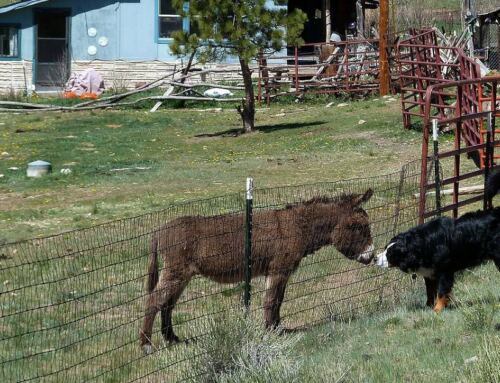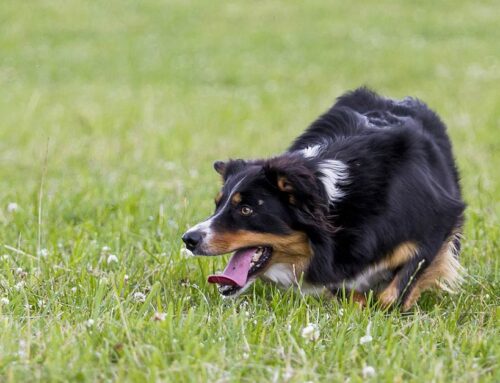It is not difficult to make a name for one’s self in this industry, and I say that speaking from experience. Come up with an idea or rehash an old one, package it well and people will buy it. It’s not always a bad thing. I like to think that my focus on the sciences of learning and animal behavior for coming up with solutions to help our fearful dogs is among the good things.
Recently on a social media site someone selling a product, which may be a great addition to the industry, described themselves as a “professional holistic dog trainer.” I asked what that meant and received this reply:
“Professional Holistic Dog Trainer means that I take a look at the dog from the physical, emotional, psychological and spiritual aspects of the dog. I have a very detailed background in bodywork and dog biomechanics so I only do training once I know the body is sound and that the back and neck are not being impinged anywhere.
I have spent 20 years studying and practicing Qi Gong and have a pretty sound knowledge of The 5 Element Theory of Traditional Chinese Medicine.
I am an Animal Healer and have worked for the last 20 years with nutrition for many diseases and behavioral issues to rebalance both.
I have been an Animal Communicator for the past 20 years and have assisted hundreds of humans with their health and behavior issues addressing the problems at the root.
I train positively but use treats very minimally and not at all with my product*. I work with dogs based on their awareness of communication via reading their energy and having clear consistent boundaries that are used in a natural manner as we spend time together.
Hope that answers your question.”
Indeed it does answer my question. I see no reference at all to any formal education in animal training, which despite appearances in most TV shows and too many training classes, is based on the sound principles of operant conditioning. Animal training is a mechanical skill and as such we can be good at it, or not so good at it depending on our commitment to increasing and improving those skills. An educated onlooker can spot a good trainer a mile away in much the same way a fan can identify a team’s great athletes or a band’s star performer. Most of us however are not educated onlookers. It’s not an inherent fault of ours, it’s just the nature of the dog training industry. We don’t often have the chance to see many of the really good trainers in action. Given that, we may be perfectly thrilled with a nice red table wine while remaining oblivious to the fact that an award winning zinfandel is available in the next aisle.
Don’t let the veneer of language sprinkled with the glitter of energy, natural, spiritual, blind you to the obvious. At no point did this trainer ever provide me with information to indicate that s/he has the background, education or skill to effectively and humanely train dogs. Indeed most of the information provided is superfluous or contrary to being a great dog trainer. That one practices an ancient Chinese martial art may be good for one’s blood pressure, but it says nothing of their ability to train dogs. Qualifying the use of food in training (minimally) is an indication that one may in fact not truly be capable of communicating with an animal since as a primary reinforcer, and one of the most potent ones, food is renowned as a motivator and is used by professional trainers across the board. That fish tossed to a seal after they wave at the crowd is a primary reinforcer to increase the chances that that behavior will be performed again on cue.
Professional trainers do not apologize for using food in training. This is not to say that we only use food for reinforcement but the mention of limiting its use is a red flag. We don’t get to decide what is reinforcing to an animal, the animal does. If a dog is not motivated to perform for praise, petting, or play I don’t hold it against them, I break out the cheese. Coming from the position that a specific reinforcer will only be used minimally is antithetical to good training (health or medical reasons may impact our decision but it will not change the position that food holds in the training world). We can make the decision how and what to use for reinforcement in the process of training an animal, not create arbitrary dictates.
The tragedy of the dog training industry in its current incarnation is not that people can come up with enticing ways to market themselves or their products regardless of their quality, as consumers we know this is how the game is played. The tragedy is not that some people don’t use or limit the use of food to train. The tragedy is that most pet owners, the main consumers of the products and services, have never seen what good, efficient training looks like. But the industry is changing and we are becoming more savvy consumers who can tell the difference between a really good cabernet and something in a screw top bottle that just provides a good buzz.
*product name removed





